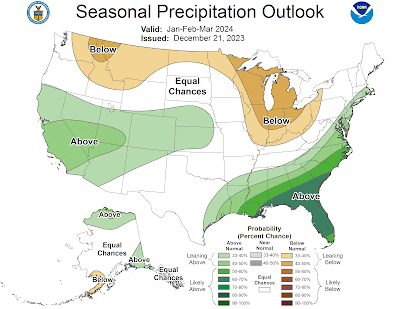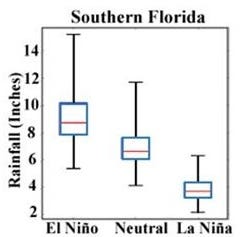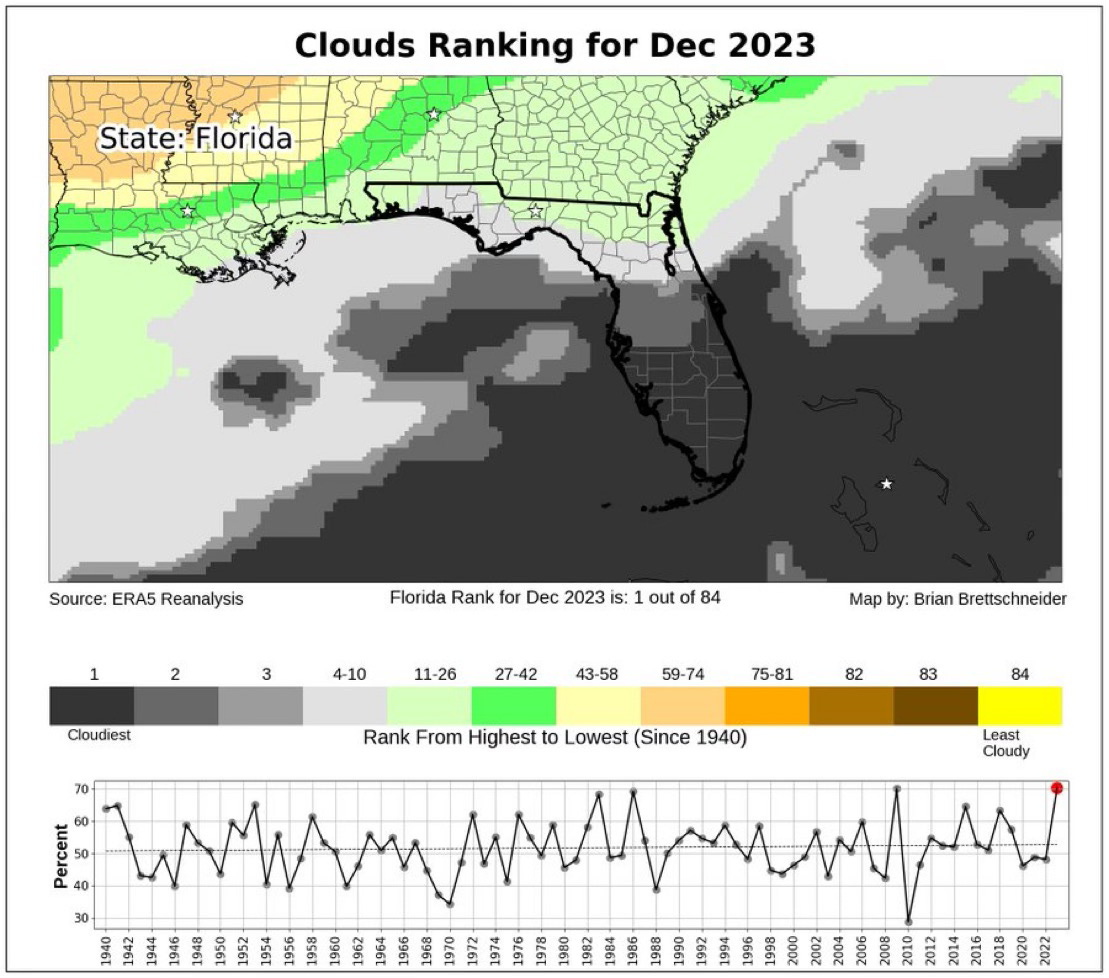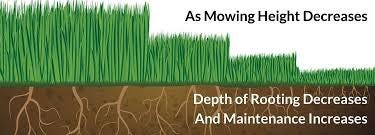After years of back to back La Niña winters in Southwest Florida, we are experiencing our first El Niño weather pattern since 2018-2019. El Niño is a climate interaction linked to warming sea temperatures in the central and east/central Pacific Ocean. The warmer waters cause the jet stream to move south of its typical position.
During an El Niño winter the southern third to half of the United States experiences cooler than normal temperatures, increased cloud cover and an enhanced chance of precipitation.
Forecasters for the National Weather Service have said there is a greater than 55% chance of a "strong" El Niño weather pattern and there is even a 35% chance that it ends up being one of the strongest ever, like the ones we saw in 2015-2016 or 1997-1998.
As a result of back to back La Niña winters, the weather in Southwest Florida the last three winters was exceptional. In a La Niña winter the climatical conditions favor warm-season turfgrass growth. The above average temperatures, lower than average rainfall and bountiful sunshine enable turfgrass to thrive. The weather, combined with management by the agronomy staff produced exceptional conditions at Olde Florida! This also allowed us to be very aggressive with vertical grooming and maintain very low heights of cut on putting surfaces, resulting in exceptionally quick green speeds.
An El Niño winter creates challenges for growing turfgrass (or any crop) in Southwest Florida. Fortunately, as is the goal every year, we entered winter with very healthy turfgrass. This is in large part due to the cultural practices we perform in the summer. Aerification, topdressing and all of the off-season turfgrass management enable us to survive the busy winter golf season, even when the weather is least conducive to warm season turfgrass growth. You can read more on the challenges of growing warm season turfgrass in the winter in my recent post: "All I want for Christmas ... is sunshine!"
This year, as we entered December it became obvious the El Niño forecast was correct and we reacted quickly. Our management in December and January has been drastically different from previous winters! Due to reduced sunlight and cooler temperatures turfgrass growth quickly and drastically declined in late November.
Among other things, growth regulation was halted, the height of cut on greens and fairways was increased and mowing frequency reduced. The advantages of both include reduced stress, increased leaf tissue and consequently deeper rooting. Increased leaf tissue also enhances photosynthesis. Without getting deep into plant physiology, a plant needs sunlight to survive and it's the leaf tissue that absorbs sunlight enabling photosynthesis and subsequent growth.
Although we raised the height of greens in December, I would point out that the increase was extremely minimal. Our lowest height of cut on greens in the 2023-2024 winter season had been .090". Our current height of cut (on January 4th) is .115". The difference in our lowest to our current height of cut is .025". To give perspective on this slight change, the diameter of a US dime is .053. Consequently, the raise in our height of cut is LESS than one-half the thickness of a dime.
Disease pressure this winter has also been amplified with low light, cool temperatures and moist/saturated conditions combining to weaken the plant and create a desirable habitat for pathogens. We implemented several practices to elevate this challenge. We began needle tine and air injection practices on the greens. This increases air into the subsurface, increasing drainage and soil oxygen, as well as relieving compaction.
We also significantly increased our applications of plant protectants on tees, greens and even fairways. On greens, all potential soil and leaf diseases were addressed preventatively with systemic fungicides, and when needed correctively with contact fungicides. We also increased the frequency of light rates of foliar fertility on greens to try and encourage growth in this period when the plant is not actively growing from the nitrogen in the soil.









Excellent article! I was just asked to write a SE Update on this subject. Maybe I can just use yours. 😜